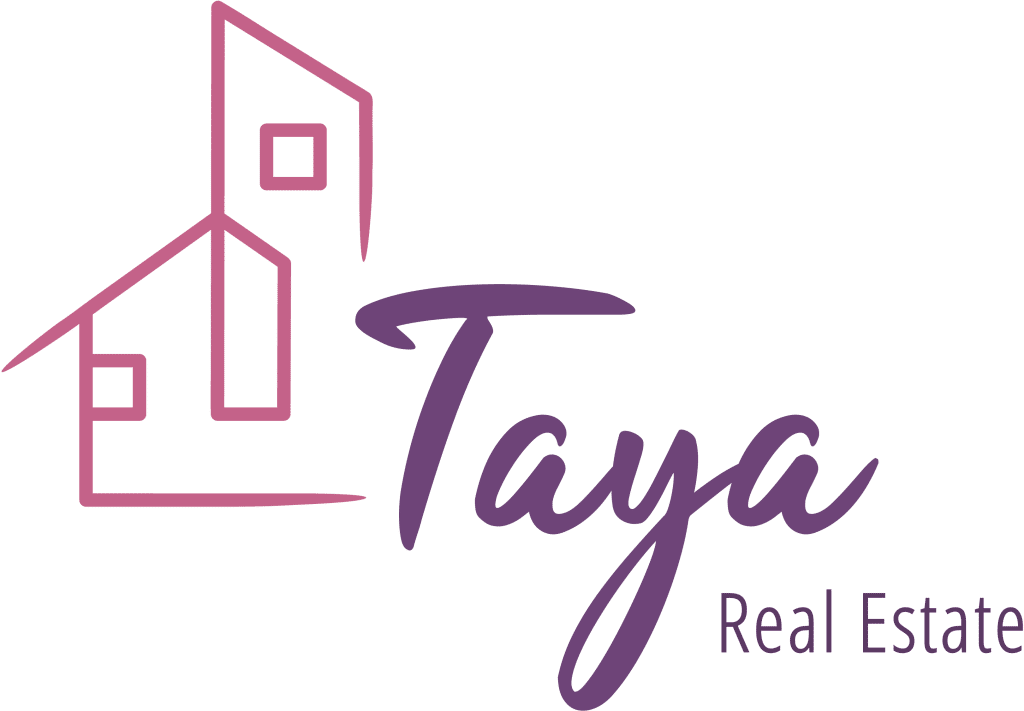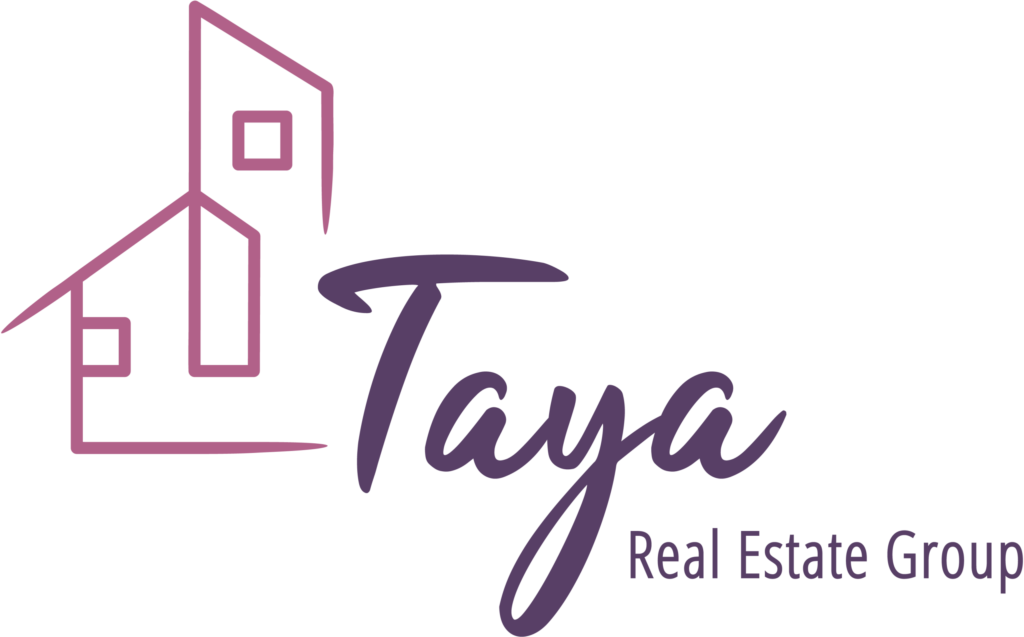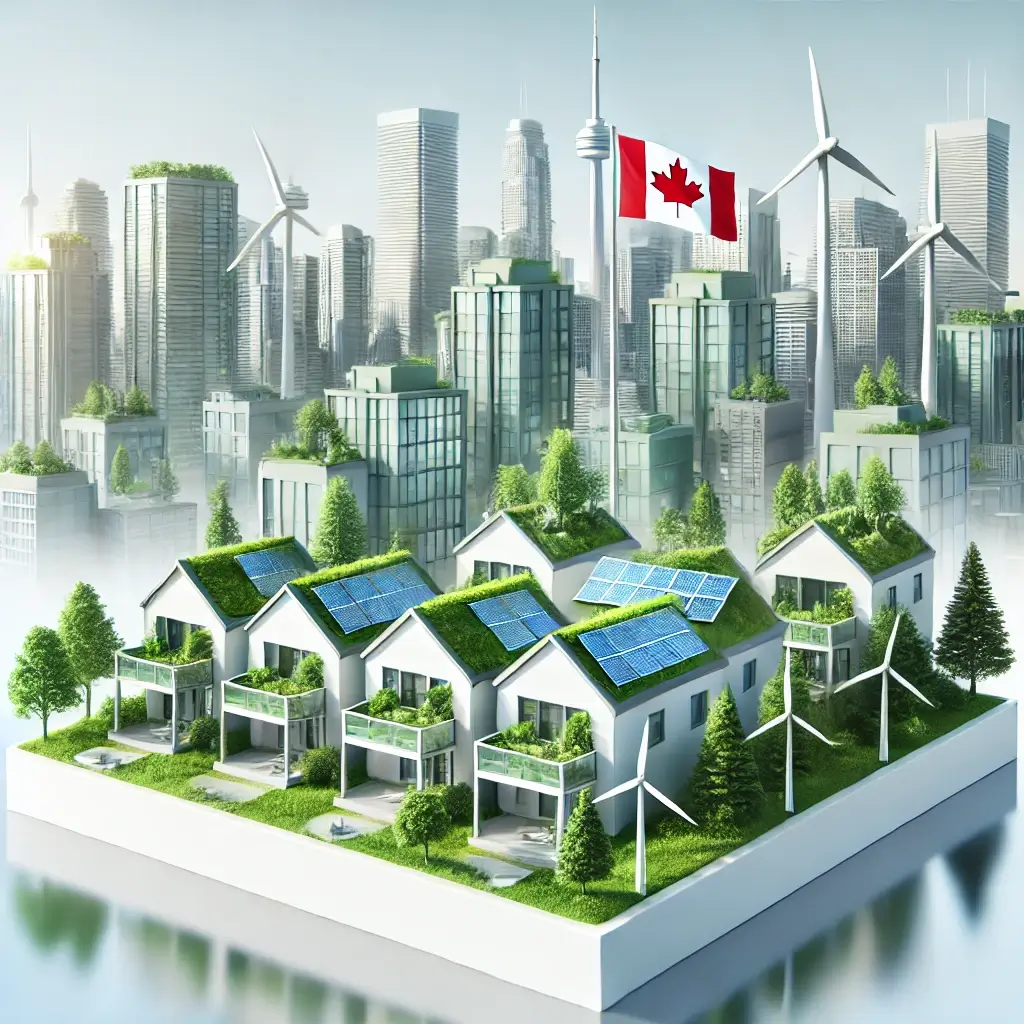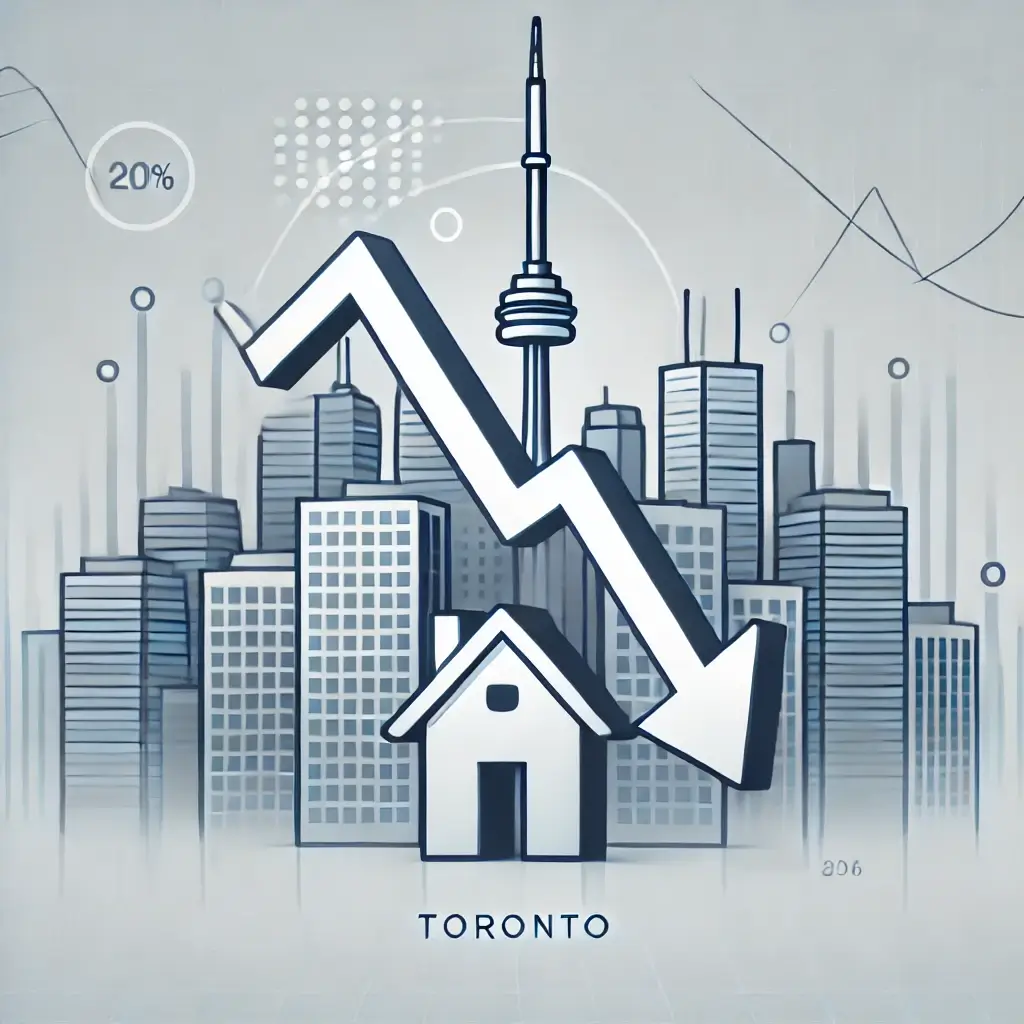The conversation around sustainability is no longer confined to buzzwords and abstract goals. In Canada’s real estate market, sustainable design has become a non-negotiable expectation for developers, investors, and buyers alike. As environmental concerns intensify and regulatory frameworks tighten, the integration of sustainable practices into real estate is transforming the industry.
From energy-efficient buildings to eco-friendly urban planning, this blog explores why sustainable design is now essential in Canadian real estate, its benefits, and how stakeholders can align with these evolving priorities.
Why Sustainable Design Matters
1. Environmental Impact
Real estate development and operation are major contributors to carbon emissions:
- Buildings account for 13% of Canada’s greenhouse gas emissions, primarily due to heating, cooling, and energy consumption.
- Construction processes also generate significant waste, with many materials ending up in landfills.
2. Regulatory Pressures
Canada’s commitment to achieving net-zero emissions by 2050 has led to stricter building codes and incentives:
- National Energy Code for Buildings (NECB): Mandates energy efficiency in new construction projects.
- Provincial initiatives like Ontario’s Green Building Standards aim to reduce carbon footprints and encourage eco-friendly practices.
3. Consumer Demand
Today’s buyers and tenants prioritize sustainability:
- A survey by the Canada Green Building Council (CaGBC) revealed that 81% of Canadians are willing to pay a premium for properties with sustainable certifications like LEED or BOMA BEST.
4. Economic Benefits
Sustainable buildings offer long-term financial gains for investors and owners:
- Lower operating costs through reduced energy and water consumption.
- Higher property values due to increasing demand for eco-friendly spaces.
Key Elements of Sustainable Design
1. Energy Efficiency
Energy-efficient features are foundational to sustainable design:
- Smart HVAC Systems: Adaptive heating, ventilation, and air conditioning systems reduce energy waste.
- LED Lighting: Uses 75% less energy than traditional bulbs and lasts longer.
- Case Study: The TELUS Garden in Vancouver achieved a 35% reduction in energy use through smart systems and renewable energy integration.
2. Water Conservation
Minimizing water usage is a critical aspect of eco-friendly buildings:
- Low-Flow Fixtures: Faucets, toilets, and showerheads that reduce water consumption.
- Rainwater Harvesting Systems: Collect and reuse rainwater for landscaping and non-potable purposes.
- Example: The University of Calgary’s Energy Environment Experiential Learning (EEEL) building uses rainwater systems to reduce water consumption by 60%.
3. Sustainable Materials
Green construction materials reduce the environmental impact of building projects:
- Recycled Steel and Concrete: Repurposed materials that lower resource extraction.
- Bamboo and Cork Flooring: Renewable alternatives to traditional hardwood.
- Example: The Joyce Centre for Partnership & Innovation in Ontario uses recycled materials extensively, earning it a net-zero carbon certification.
4. Renewable Energy
On-site renewable energy sources contribute to a building’s sustainability:
- Solar Panels: Generate electricity and reduce dependency on fossil fuels.
- Geothermal Systems: Use underground heat for efficient heating and cooling.
- Case Study: Calgary’s Nexen Building incorporates solar and wind energy, cutting operational emissions by 40%.
Benefits of Sustainable Design in Real Estate
1. Lower Operating Costs
Energy-efficient systems and renewable energy sources significantly reduce utility bills:
- Example: A LEED-certified commercial building in Toronto saved its owner $300,000 annually on energy costs compared to a non-certified counterpart.
2. Attracting Premium Tenants
Tenants, especially corporate clients, seek sustainable spaces to align with their own ESG goals:
- Insight: High-profile tenants like Google and Amazon prioritize green office spaces, leading to higher rental yields for landlords.
3. Future-Proofing Investments
Regulatory shifts toward stricter energy standards make sustainable properties more resilient:
- Non-compliant buildings risk obsolescence, while green buildings remain competitive.
4. Enhanced Marketability
Properties with eco-friendly features stand out in competitive markets:
- Example: Marketing campaigns for Vancouver’s Olympic Village highlighted its green credentials, contributing to faster sales and higher prices.
Challenges in Adopting Sustainable Design
1. High Initial Costs
Green materials and technologies often come with higher upfront costs:
- Example: Installing solar panels can cost $15,000–$30,000 for residential properties.
- Solution: Leverage government incentives like the Canada Greener Homes Grant, which provides rebates for energy-efficient upgrades.
2. Lack of Awareness
Not all stakeholders understand the benefits of sustainable design:
- Developers may prioritize short-term costs over long-term savings.
- Recommendation: Educational initiatives and case studies can help showcase the financial and environmental advantages.
3. Retrofitting Existing Buildings
Adapting older properties to meet modern sustainability standards can be complex:
- Insight: Retrofitting requires significant investment but offers long-term benefits in energy savings and compliance.
Case Study: Toronto’s Waterfront Developments
The Project: The Quayside Development
- A 12-acre site in Toronto’s Waterfront area, Quayside is Canada’s most ambitious green urban development project.
- Sustainability Features:
- All buildings are net-zero carbon.
- Use of mass timber construction to reduce embodied carbon.
- Integration of renewable energy systems and smart infrastructure.
- Outcome:
- Expected to attract high-profile tenants and investors.
- Serves as a model for future urban developments across Canada.
Opportunities for Investors
1. Green Commercial Properties
Office buildings with sustainable certifications attract premium tenants and long-term leases.
2. Residential Market Demand
Homebuyers increasingly prioritize energy-efficient homes, particularly in urban centers like Toronto and Vancouver.
3. Government Incentives
Take advantage of tax credits and grants for green construction and retrofitting.
4. Emerging Technologies
Invest in properties that integrate cutting-edge green tech, such as AI-driven energy management systems.
Future of Sustainable Design in Canada
1. Stricter Regulations
As Canada accelerates its push toward net-zero emissions, expect more stringent building codes and energy benchmarks.
2. Focus on Resilient Infrastructure
Climate resilience will become a priority, with features like flood-proofing and heat-resistant materials gaining importance.
3. Integration of Smart Cities
Smart city initiatives will incorporate sustainable design into urban planning, enhancing livability and resource efficiency.
Final Thoughts
Sustainable design is no longer optional—it’s the future of Canadian real estate. From residential homes to commercial developments, incorporating eco-friendly practices not only aligns with regulatory requirements but also ensures financial success and market relevance.
At Taya Real Estate, we’re committed to helping investors and developers navigate this green revolution. Whether you’re looking to buy, sell, or invest, our team provides expert guidance tailored to your goals. Visit Taya Real Estate or follow us on Facebook for more insights.
